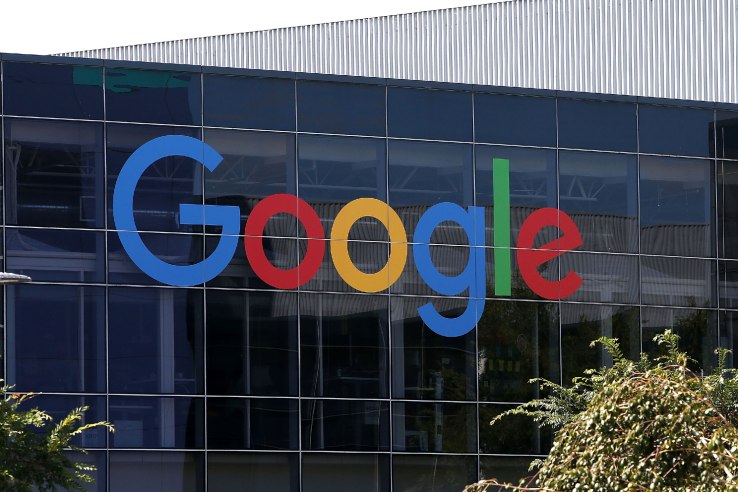[ad_1]

Google appears to be doubling down on digital fact as they appear to begin building “multiple” consumer components devices, according to new VR career postings on their internet site.
Google’s present consumer VR choices are confined to its Google Cardboard system, which enables buyers to expertise rudimentary digital fact with a basic procedure involving affordable headsets attached to smartphones. Now it appears that Google is performing on components devices that do a lot more than just act as bare-bones viewers for smartphones.
Google’s VR ambitions were just in the information very last week when Clay Bavor, its VP for Produt Administration, remaining his function on other Google solutions to solely target on managing the company’s VR choices.

The new career postings, to start with discovered by RoadtoVR, give a selection of hints suggesting Google’s long run VR strategies. This posting (for a Components Engineering Technological Lead Manager, VR) points to the worker major a staff in developing “multiple” consumer digital devices while directing “system integration of high-performance, battery driven, very constrained consumer electronics solutions.”
As the Components Engineering Technological Lead Manager for the consumer components solutions, you will push the design and style and execution of our ever increasing solution portfolio. You will be dependable for the developing multiple CE devices and will set together the appropriate staff that will scale with our solution offering.
A submitting for a PCB Structure Engineer for VR details the “development and sustaining of actual solutions,” though also talking about the hardware team’s overall mission in regards to the devices.
Google custom made-styles components for consumer electronics applications. The Components Engineering staff ensures that this cutting-edge devices are reputable and sturdy. As a CAD/PCB Structure Engineer on the components staff, you will be performing on speedy-paced boards for consumer devices.
The company currently has above a dozen components and software program-concentrated positions centered on the company’s digital fact endeavours.
Vital to note is how all of this falls when looking at Google’s enormous Magic Leap investment. The augmented fact wearable company has not presented the public a appear at what it’s been performing on (other than the incredibly exciting/mysterious YouTube online video beneath) but Google has shown a major interest in its systems Google led the company’s enormous $542 million Sequence B in October 2014.
Even though Magic Leap’s AR tech seems to be a lot more of the Hololens selection, it seems exciting that the company is concurrently investing these types of important means in that company, specially as Magic Leap is reportedly raising an even much larger $827 million funding round.
The generation of focused VR consumer devices would be huge as Google has mainly concentrated on ventures seeking to promote VR material generation from others, like its Jump VR platform. It’s unclear whether or not all of this details to a Samsung Gear VR-model unit that is suitable with a increased slew of Android devices, a focused HMD or a unit that isn’t even a headset.
The tidbit about the devices potentially becoming battery-driven certainly seems exciting, and appears to restrict recommendation that Google could be developing a dedicated HMD offering similar expertise to those from Oculus, Sony and HTC.
Google was not instantly available for comment.
Featured Image: Justin Sullivan/Getty Photographs
Study Far more Listed here
[ad_2]
Google Functioning On Its Own Buyer VR Components, Most up-to-date Work Postings Counsel
No comments:
Post a Comment